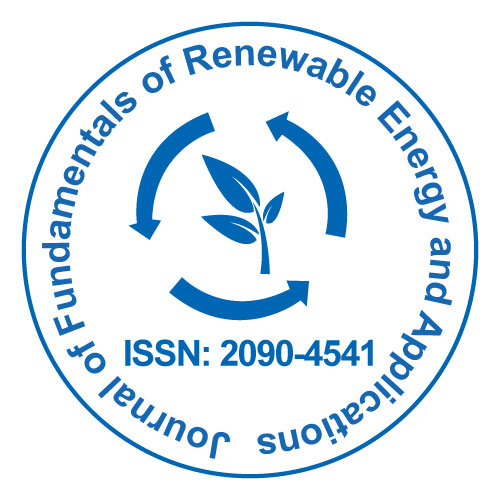
Journal of Fundamentals of Renewable Energy and Applications
Open Access
ISSN: 2090-4541
+44 1300 500008

ISSN: 2090-4541
+44 1300 500008
Renato Cataluña Veses, Zeban Shah, Pedro Motifumi Kuamoto, Elina B. Caramão, Maria Elisabete Machado and Rosângela da Silva
This paper describes the bio-oil production process of a mixture of agricultural wastes: discarded soybean frying oil, coffee and sawdust, by pyrolysis and thermal cracking in the presence of hydrogen. The fractions obtained in the pyrolysis and/or cracking processes were divided into a light fraction and a heavy one. All the fractions were analyzed by comprehensive two-dimensional gas chromatography with time-of-flight mass spectrometry detection (GC×GC/ TOFMS). The characteristics of the fractions obtained in from the cracking process in the presence of hydrogen were similar to those of petroleum-based naphtha, while the fractions obtained by pyrolysis contained significant quantities of compounds such as furanmethanol, hexanol, and benzofuran, whose commercial value is high.